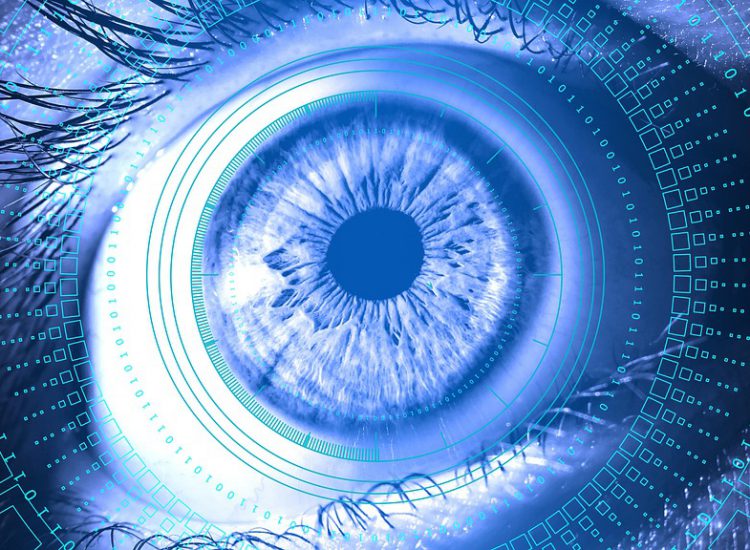Man’s search for knowledge has created and accumulated a huge amount of information. This search for knowledge knows no bounds, no boundaries, and is never satisfied. It has persisted from the dawn of civilization to the modern era. This hard-won knowledge and information is valuable to all of humanity and therefore liable to be preserved. With the invention of paper, man has been able to pass on this knowledge to others by writing books. The Sages wrote thousands of manuscripts in earlier times but many of them were destroyed due to lack of proper preservation means.
Libraries are created to systematically collect, organize, preserve and disseminate knowledge and information. It is very important for a human being to preserve and preserve the valuable knowledge and information contained in books and documents because we want to preserve our knowledge and wisdom for future generations. By saving documents in a library, this knowledge can be made available to others so that they can benefit from it. Creating libraries is not a new concept. The oldest library dates back nearly 2,700 years in the palace of Sennacherib in Nineveh, which shows long ago that the concept of leaving a part of your wisdom behind began to take shape in the organized collection to preserve the work.
With the invention of the printing press, it became easy to preserve knowledge in the form of printed documents. This generated a large number of books. The need to preserve and disseminate information has led to the creation of more and more libraries. Thus, libraries have gained great importance in the civilized society for education and research. Libraries play a vital role in the development of any society by furthering the cause of education and academic research. It caters to thousands of people’s information needs.
The development of science and technology (S&T) in the past two centuries has led to an explosion of information. Rapid changes occurred at a great pace. In order to meet the growing needs of users, the library system has been greatly improved and developed to meet new challenges. The services provided by libraries have also undergone a significant change.
With the advent of new technologies in the field of computers and telecommunications, revolutionary changes have occurred in the field of library and information science. The format of traditional libraries that contain a large number of printed documents is in the process of being transformed into paper-less libraries that contain a large number of digital documents. The facilities provided by networks have not left libraries untouched. Modern libraries are not only digital but also networked. This has led to the creation of virtual libraries, that is, libraries without walls in which the user can access information anytime and anywhere in the world using modern communication tools, such as computers and Internet facilities.
User demand is constantly increasing, and it is a great pressure for librarians. Therefore, there is an urgent need to update libraries to keep pace with modern times. New challenges in the field of library and information science can be met by adopting the process of digitization and networking. In the current era, librarians have to face many problems due to the lack of time and space. User satisfaction is the main goal of a good library. This cannot be achieved without the adoption of modern tools and techniques provided by modern technologies available in the field of information and communication. These developments have led to the creation of digital and virtual libraries, which have significant advantages over traditional libraries. Therefore, digital libraries have become popular due to the advantages and facilities they provide to their users.














